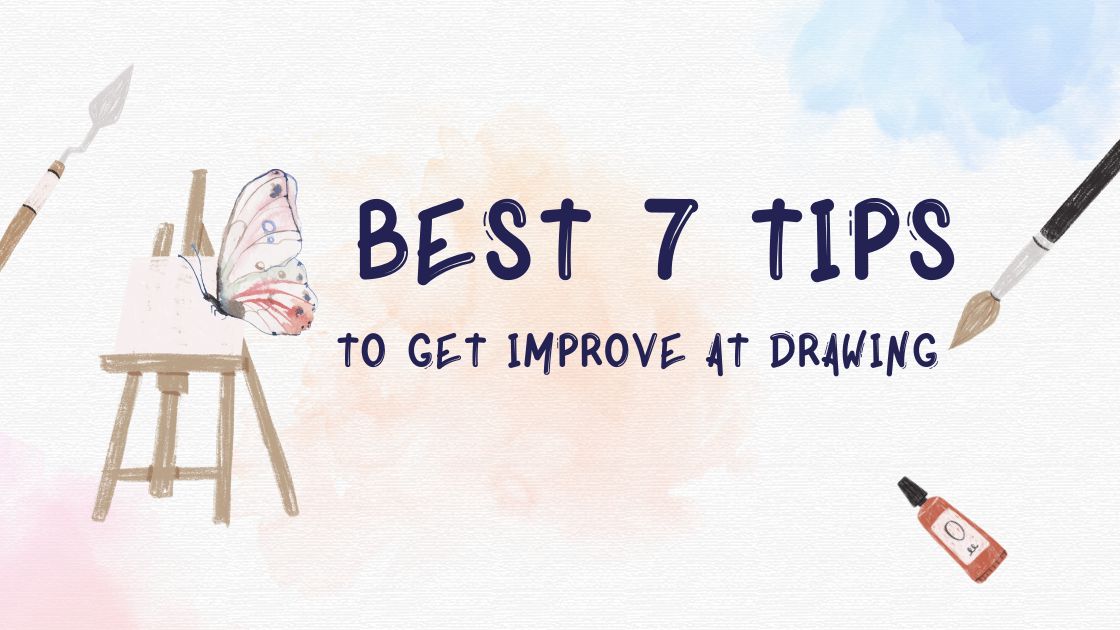To improve drawing is a timeless form of expression that captivates people of all ages and backgrounds. Whether you’re sketching in a notebook, doodling on a napkin, or creating intricate artworks, drawing allows you to communicate ideas, emotions, and stories visually. While some may view drawing as a natural talent, the truth is that it’s a skill that can be developed and refined over time with the right approach and practice. If you’re eager to enhance your drawing abilities and take your artwork to the next level, you’ve come to the right place. In this guide, we’ll uncover the best 7 tips to get improve drawing that can help you improve your drawing skills, unleash your creativity, and become a more confident and proficient artist.
Contents
Developing Drawing Skills Is A Process
Developing drawing skills is a gradual journey. Progress often unfolds over longer periods, rather than just hours of practice. Comparing your current work with that of a month ago may not reveal significant differences. However, examining drawings from a year or two ago against your recent creations will likely showcase noticeable improvements. Therefore, it’s crucial to be patient and persistent in your artistic endeavors.
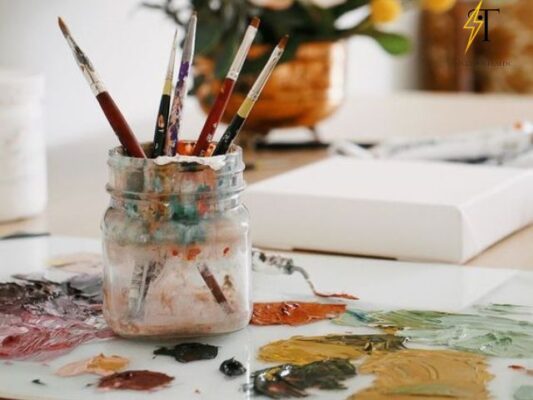
Paper Selection
Experimenting with various papers and notebooks can help you discover what suits your drawing style best. Personal preferences play a significant role in selecting the right materials. For instance, Moleskine journals, Field Notes notebooks, loose watercolor paper, and index cards each offer unique drawing experiences.
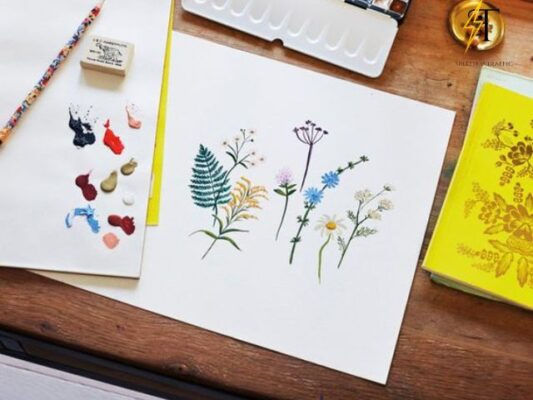
Index Cards in Creative Practice
Index cards can be a valuable tool in your creative practice. They provide a compact canvas for exploring ideas and are particularly useful during challenges like the Daisy Yellow Index-Card-a-Day Challenge.
Approaching Drawing
Embracing drawing as a series of lines or marks is fundamental. Focus on refining your fine motor skills by capturing the essence of simple subjects.
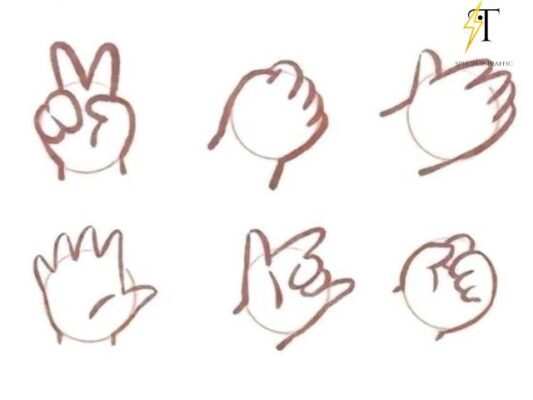
Techniques for Improvement
Improving your line work involves practicing different techniques such as mark-making, doodling, and hand-lettering. Avoid using rulers initially to challenge yourself and enhance your drawing abilities.
Finding Inspiration
Drawing inspiration from your surroundings can spark creativity. Everyday objects, geometric designs, and even UPC codes can serve as intriguing subjects for your artwork.

Best 7 Tips to Get Improve Drawing
Fill a Sketchbook with Freehand Doodles
Set aside 15-30 minutes each day to indulge in freehand doodling. Allow your mind to wander and draw whatever thoughts or images come to you. Emphasize enjoying the creative process over achieving perfection. Let go of any pressure to produce flawless drawings.
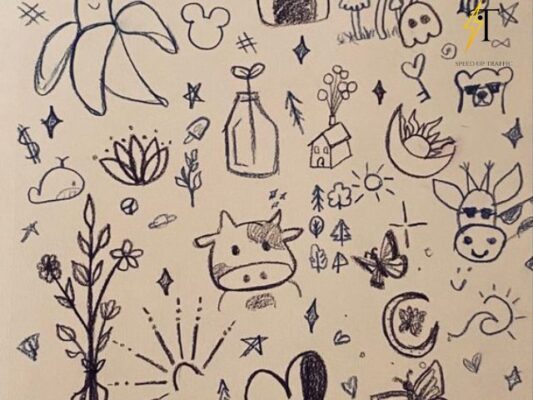
Draw Ordinary Things
Look for inspiration in the everyday objects around you. From household items to outdoor scenes, sketch whatever catches your eye. Take the opportunity to observe and document your surroundings by adding notes alongside your sketches.
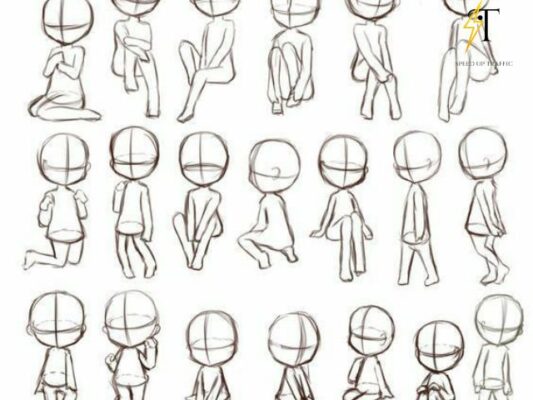
Draw Circles
Practice drawing circles regularly to improve your precision and hand-eye coordination. Focus on drawing quickly without critiquing the results. This exercise not only hones your drawing skills but also promotes a sense of calm and focus.
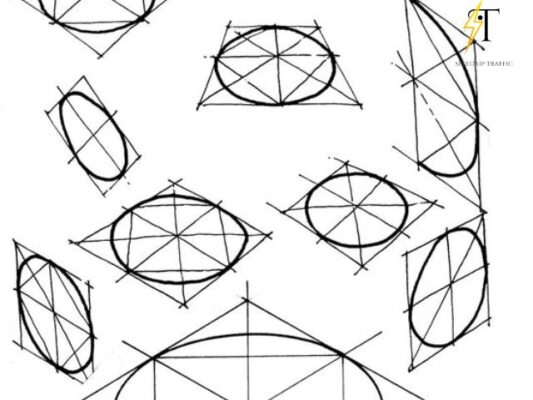
Fill a Grid with Patterns, Marks & Symbols
Utilize grids as a creative framework for exploring different patterns, marks, and symbols. Allow your imagination to roam freely as you fill each grid square with unique designs and motifs.
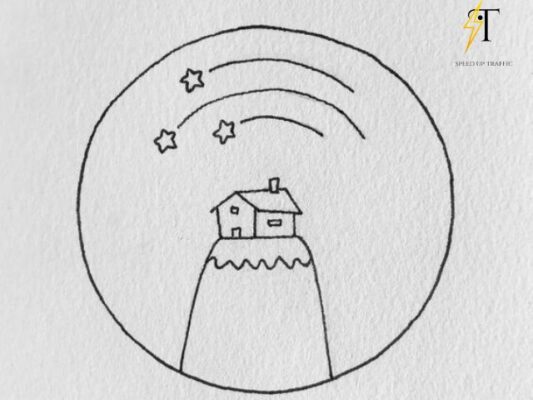
Write Words & Lyrics on Your Sketchbook Pages
Experiment with incorporating printed words and lyrics into your sketchbook pages. Play with various lettering styles, spacing, and arrangements to enhance your artistic repertoire. You can refer to some of unique our fonts to write down your sketchbook.
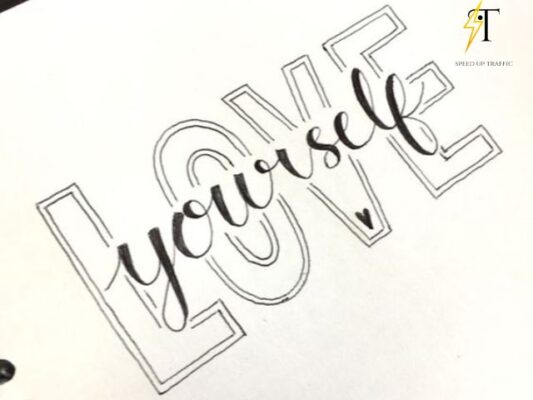
Fill an Entire Journal with Letters of the Alphabet
Dedicate a journal specifically to practicing different lettering styles and variations. Challenge yourself to explore the entire alphabet, experimenting with different fonts, sizes, and embellishments.
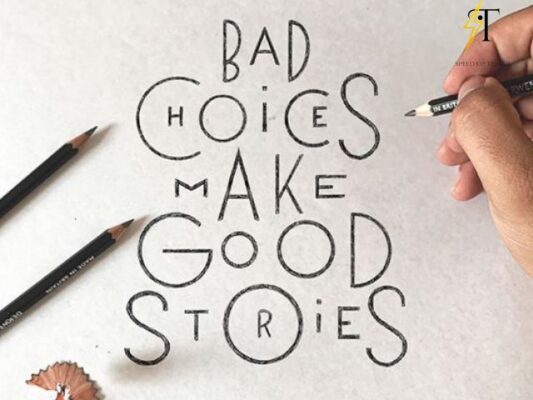
Draw Faces
Challenge yourself to draw faces, experimenting with different expressions and hairstyles. Practice regularly to improve your portrait-drawing skills.
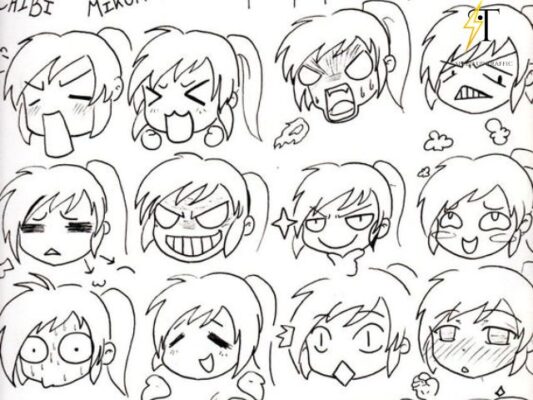
By incorporating these seven tips into your drawing routine, you’ll not only enhance your technical skills but also cultivate a deeper appreciation for the creative process.
Conclusion
In conclusion, developing proficiency in drawing is not just about mastering techniques but also about fostering a mindset of exploration and creativity. By following the seven tips outlined above, you can embark on a journey of artistic growth and self-discovery. Through daily doodles, observations of the world around you, and deliberate practice of fundamental skills such as drawing circles and faces, you’ll gradually build confidence and fluency in expressing yourself through art.
Remember, progress in drawing is measured not just in the quality of individual sketches but also in the consistency of your efforts over time. Embrace the process, celebrate your successes, and learn from your mistakes. Whether you’re filling sketchbooks with imaginative doodles or meticulously crafting letterforms in a dedicated journal, each stroke of the pen brings you closer to realizing your creative potential.
So, keep drawing, keep experimenting, and most importantly, keep enjoying the journey. With dedication, patience, and a willingness to push your artistic boundaries, there’s no limit to what you can achieve in the world of drawing. Happy drawing!
Related Post
Guide: Crafting Your Own Embroidered Necklace
Explore Best 20+ Free Fonts for Commercial Use
Best 10+ Outdoor Fonts for Nature Lovers

